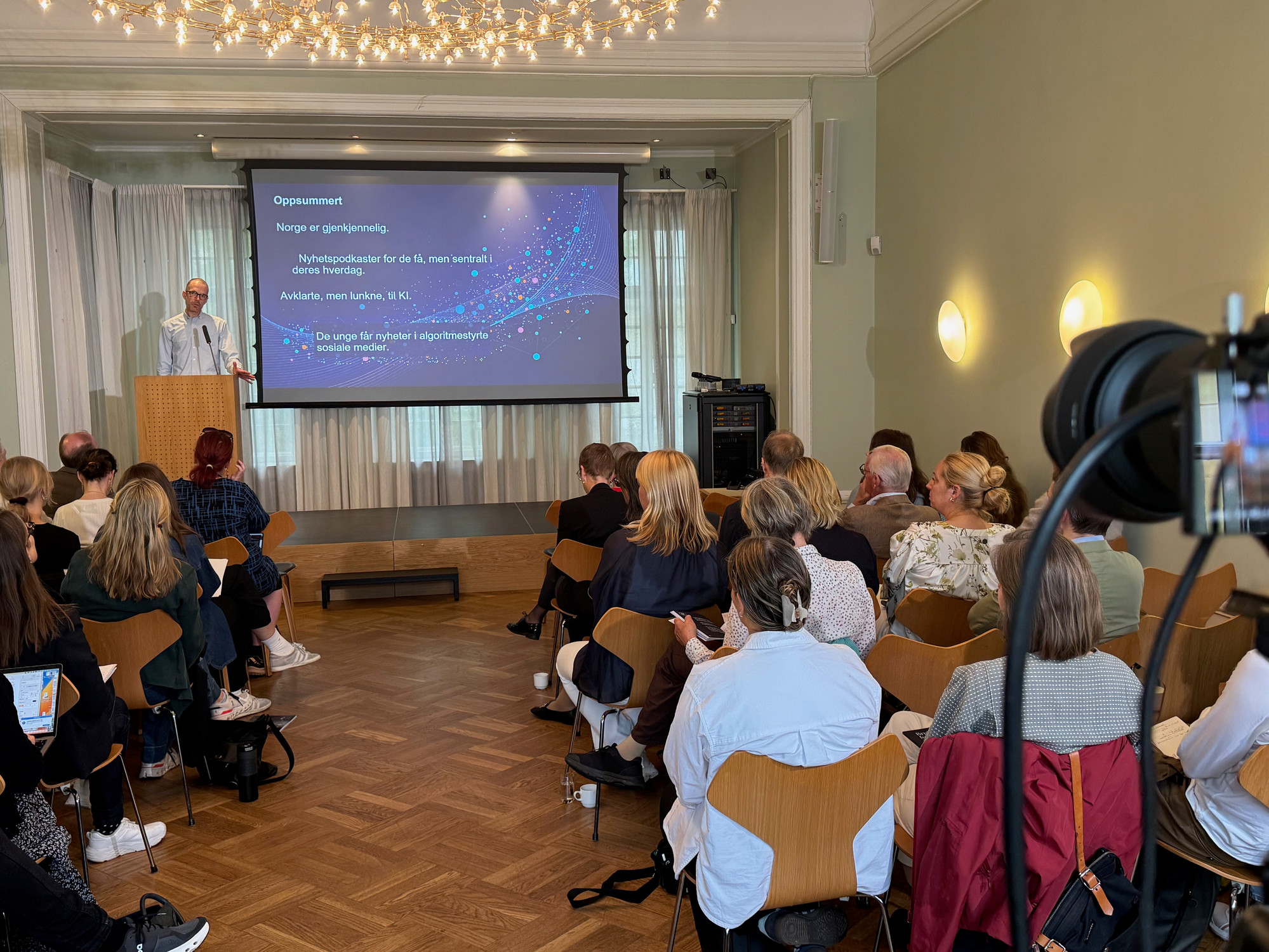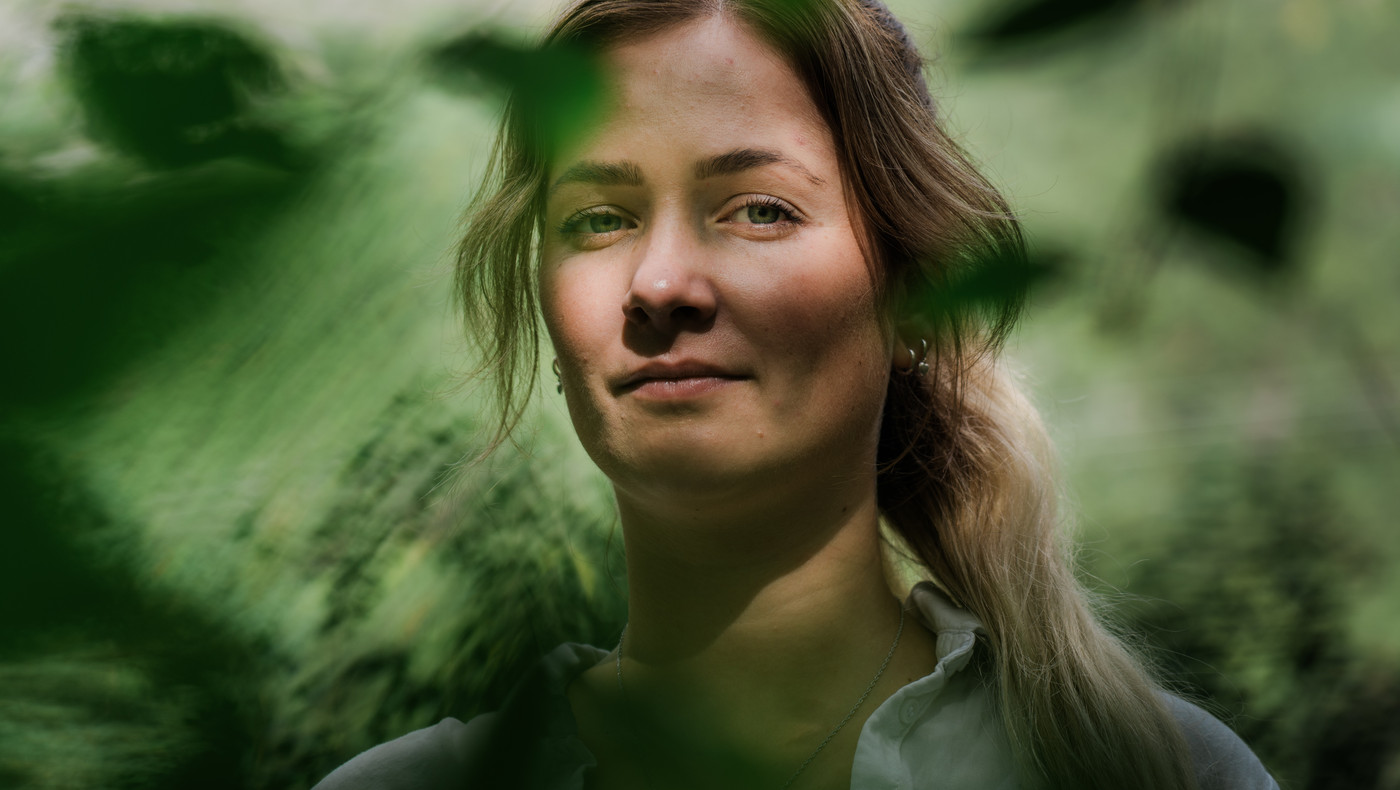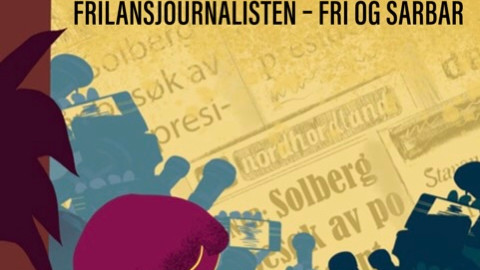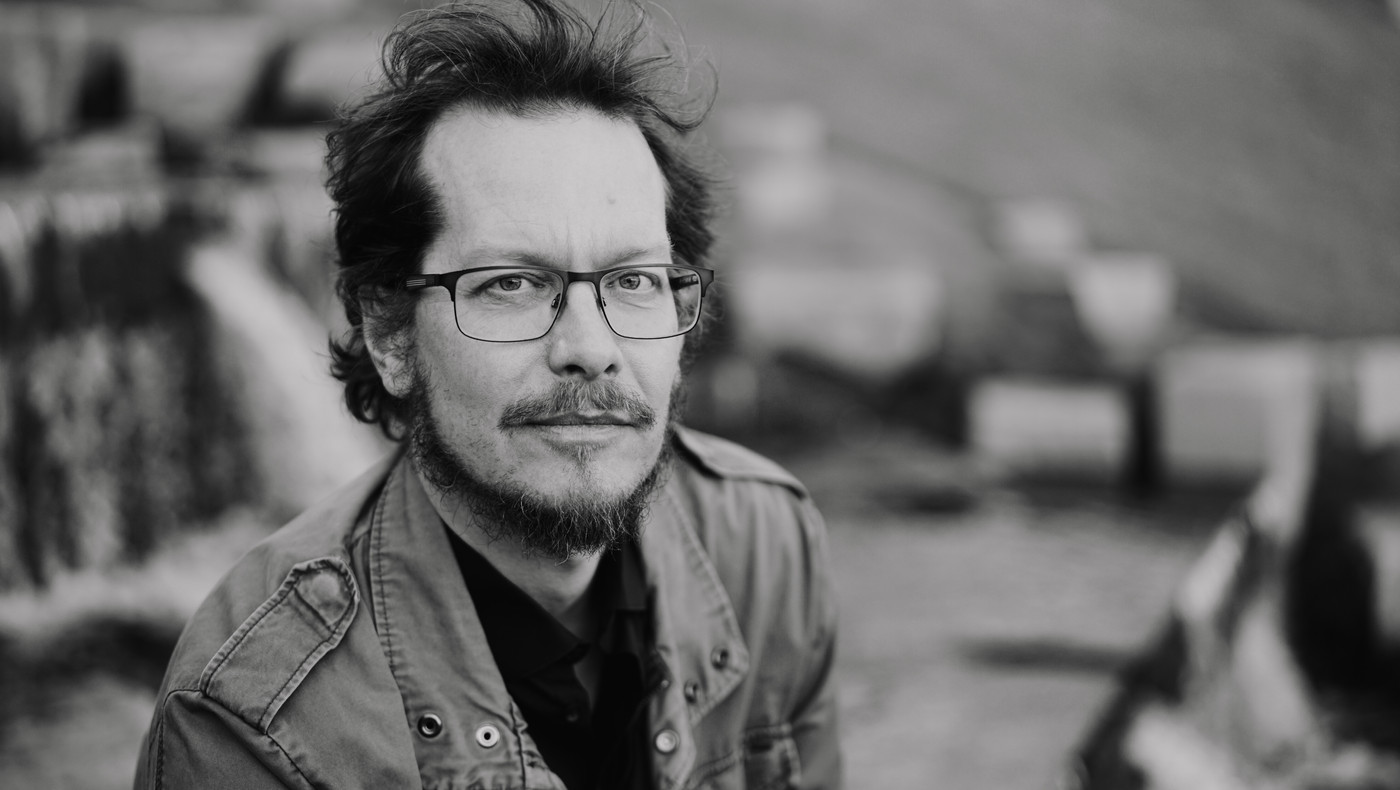Launching Reuters Digital News Report 2025 in Norway
Breakfast seminar: Danby Choi, editor of Subjekt, and Karoline Fossland, head of podcasts at Aftenposten, comment on the Norwegian sub-report Reuters Digital News Report 2025, together with media researcher Hallvard Moe and Craig Robertson
Tuesday, 17 June 2025 from 8.30-09.45 a.m.
Uranienborgveien 2, Oslo
The Reuters Digital News Report 2025 will be launched internationally on the night of 17 June.
Organisers: Fritt Ord Foundation, Reuters Institute for the Study of Journalism in Oxford and the University of Bergen.
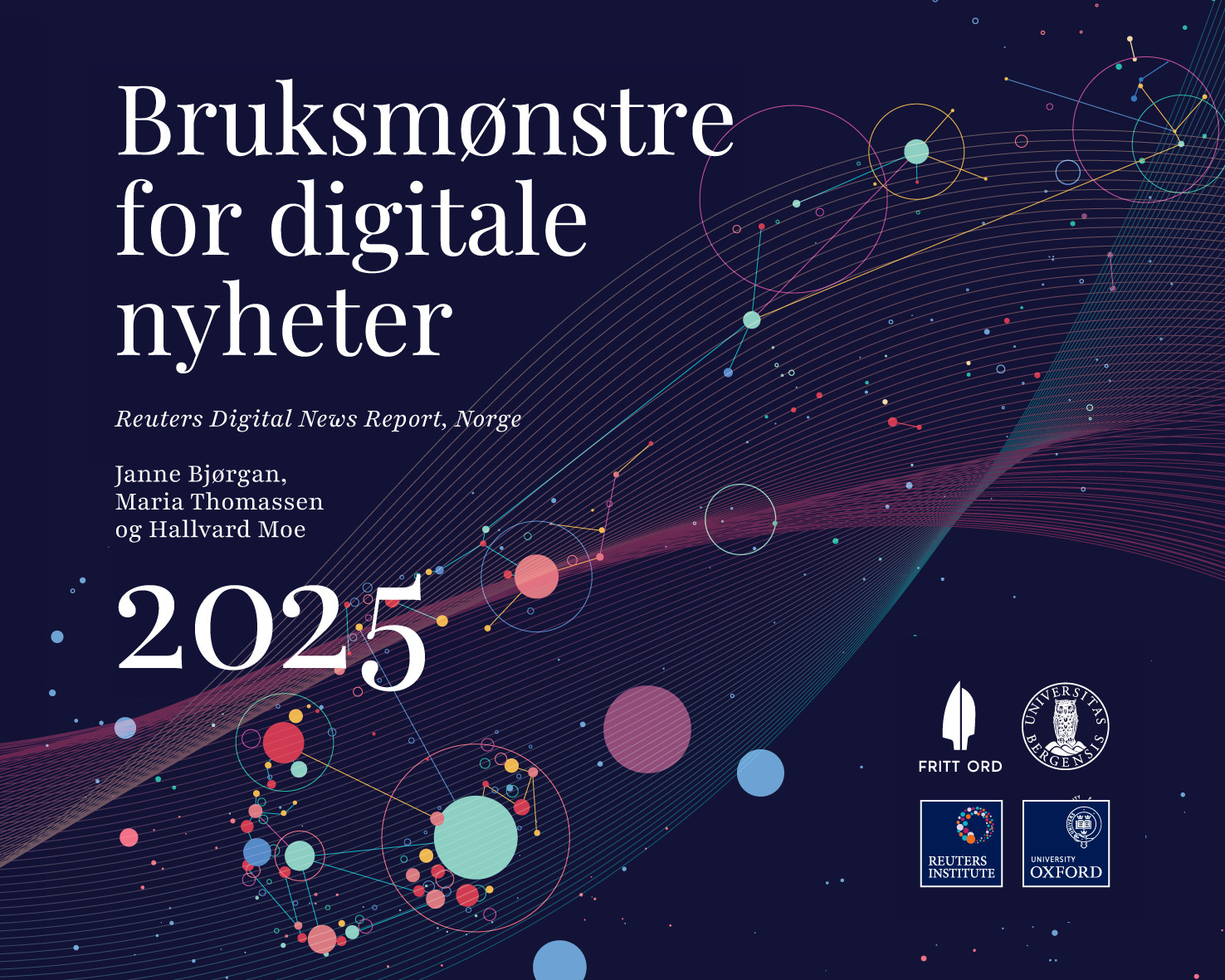
Read the Norwegian report here.
RAPPORTEN Nyhetsbruk 2025
Read the international report here.
Digital News-Report 2025
Watch Hallvard Moe’s presentation here.
Hallvard Moe Reuters 2025
Watch Craig Robertson’s presentation here.
Craig DNR NORWAY LAUNCH 2025 FINAL
The Reuters Digital News Report 2025 is the largest in the world, measuring news consumption in 48 countries. This year’s report tells us what developments over the past year have meant for news users.
New findings in recent report
“For the first time, we asked Norwegian news users for more details about their podcast use. Their answers provide insight into a topic that is highly relevant in an election year,” says research fellow Janne Biedilæ Bjørgan at the University of Bergen.
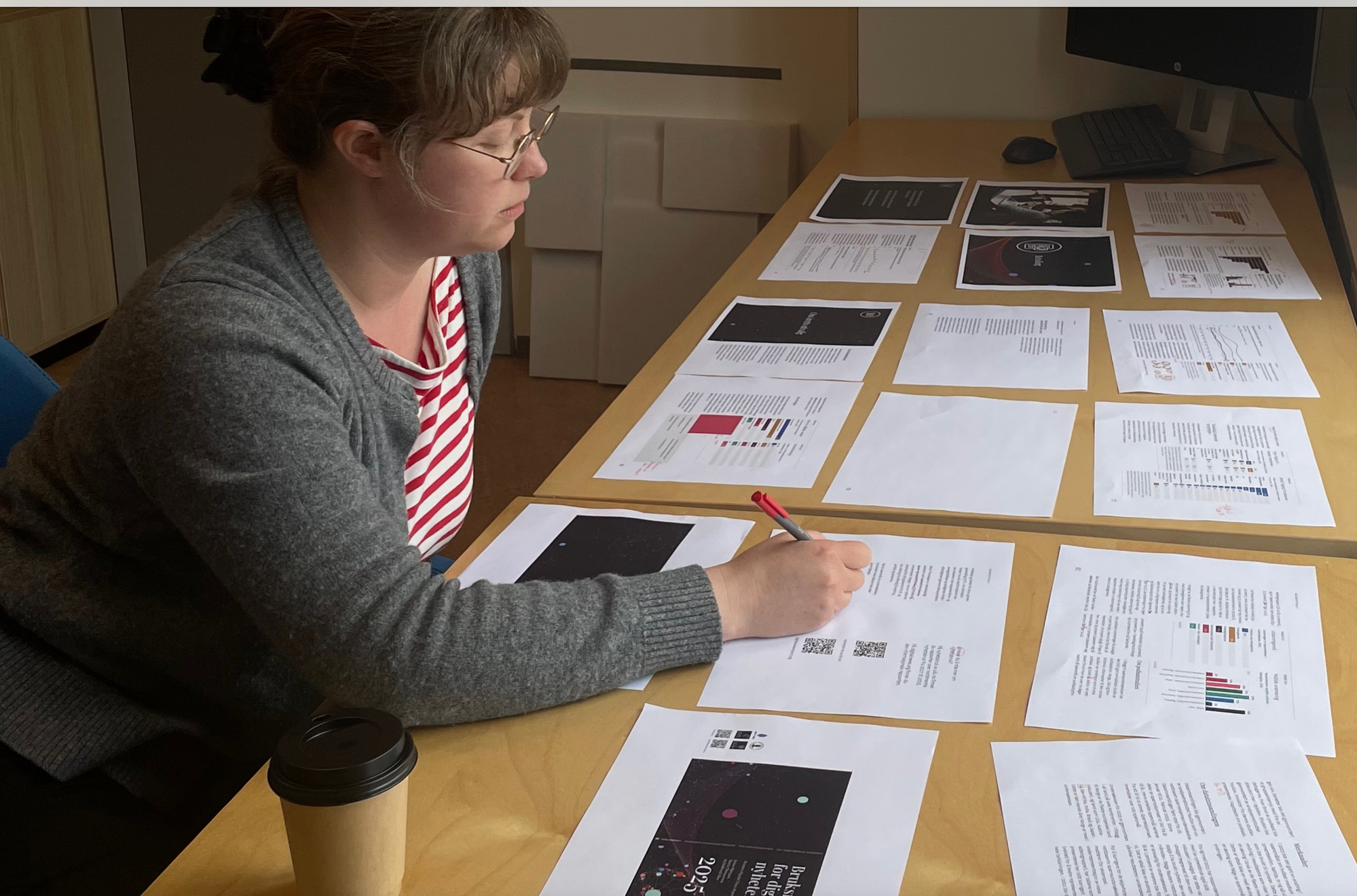
Programme
Moderator: Knut Olav Åmås, executive director of Fritt Ord
8.30 a.m.
Presentation of the international report by Craig Robertson, fellow, Reuters Institute for the Study of Journalism in Oxford
8.40 p.m.
Presentation of the Norwegian report by Hallvard Moe, media researcher, University of Bergen
9.00 a.m.
Comments on the report from Danby Choi, editor of Subjekt, and Karoline Fossland, podcast manager at Aftenposten
9.15 a.m.
Discussion and questions from the audience
Major findings in the research
The new report provides updated facts about media users’ perceptions of the use of AI in journalism, their willingness to pay for journalism, and young people’s media consumption. These are some of the findings from this year’s report, presented by Hallvard Moe:
- People believe AI will result in savings for newsrooms, but see little else positive for journalism.
- High-income earners are rapidly outpacing others when it comes to accessing paid news. Those accessing free news will have little interest in paying for news in future.
- There is a steep increase in the use of social media to get news, although even young people swear by the established Norwegian news providers.
- NRK and people’s local newspapers enjoyed the highest level of trust among all media in the past year.
- News podcasts are still a new and relatively uncommon source of news; they are primarily used by those with higher education.
- Those who listen to news on podcasts are loyal. Of the 11 per cent who have listened to podcasts, 3 of 4 agree that podcasts help them understand issues at a deeper level than other types of media.
- News podcasts are still a new and relatively uncommon source, used primarily by those with higher education.
- Large age difference on TikTok: 29% under age 35 get their news from TikTok. Only 4% of those over age 35 use TikTok for news.
- TikTok is growing fastest and is now the social media most used for news in this group, followed by Snapchat.
- News consumption is stable: 82 per cent check the news once a day or more often. However, fewer than before check the news more than five times a day.
- 57 per cent of Norwegians check the first news of the day by accessing an online newspaper or mobile app.
- The figures for news avoidance are stable: Only 7 per cent state that they often avoid news, and 23 per cent avoid news sometimes.
- Those who voted for the Red Party, for the Party of Progress or abstained from voting, stand out as having significantly less trust in the news than the rest of the electorate.
- VG is the most read source of news, followed by NRK and TV2.
- Local media are generally strong as a source of many types of material, but are more often rejected by the youngest voters.
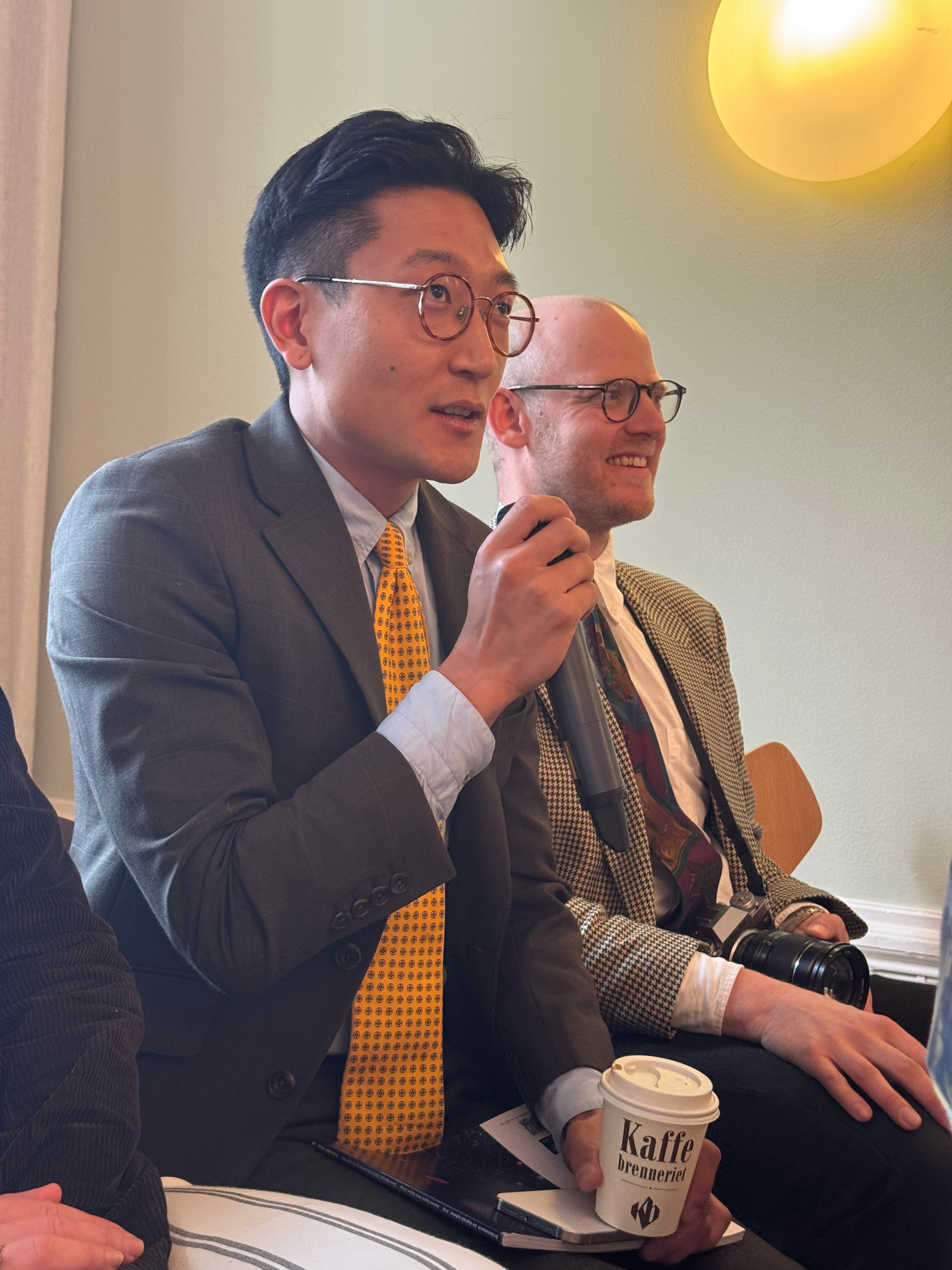
Challenging the media
“Getting people to read news is important. We see a whole generation growing up facing media behind paywalls and media competitors with free content,” said Danby Choi in his remarks.
“It’s interesting how the media talks about young men’s relationship with the media. Just yesterday, the government presented a strategy to combat disinformation in which Minister of Culture Lubna Jaffery once again singled out young men. ‘It is not the young men who are the problem, it is a problem for the media that young men don’t trust them.’
“The media should be more constructive, not like Fredrik Solvang when he said that anyone who ‘uncritically praises Gutta (The Boys) should be ashamed of themselves’. Gutta is a YouTube format where presenters invite politicians, themselves and followers to various debate platforms. They compete with debates in the media.”
“I want to say ‘Sorry, Fredrik, Gutta just created a cooler concept than you. It is simply more fun to watch. That is often the case with podcast listening, too’,” maintained Choi.
“People want to listen to podcasts without the interviewee being interrupted all the time. It is actually possible to make complete, good arguments without having a college degree. It is actually possible to make cool podcasts that offer you new perspectives without talking like an elitist,” said Choi, reminding us that news and journalism have looked the same for decades, “possibly hundreds of years”.
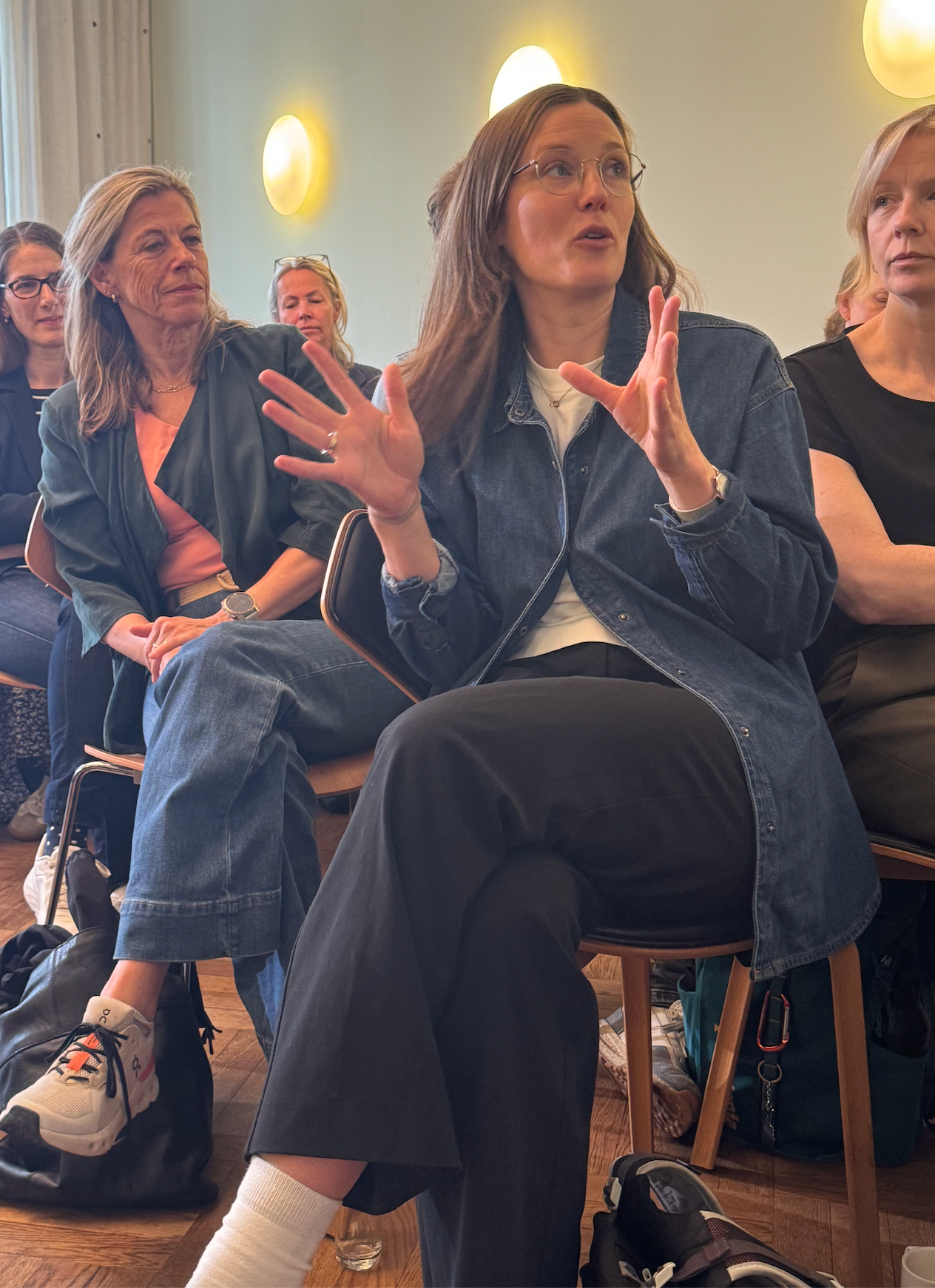
Journalists can be more human
“You heard it here first: The Norwegian Language Council’s best new phrase in 2025 will be ‘podcast election’!”
This is how Karoline Fossland, head of podcasts at Aftenposten, opened her talk. She explained that ever since many conjectured that Kamala Harris lost the US presidential election in 2024 because she did not appear on the world’s largest podcast, Joe Rogan, Aftenposten has noticed a bump in the number of Norwegian top politicians who want to appear on news podcasts like Tekstavdelingen, Forklart and Aftenpodden.
“One of the key questions for us at Aftenposten now is to figure out how to adapt to a reality where use, familiarity and trust are increasingly linked to people, rather than to institutions and brands like Aftenposten,” she said.
“The belief that a journalist should not detract from a story remains very strong in Norwegian newsrooms. Too much ‘personality’ has been something to be avoided. However, if there is one thing we have learnt from podcasts, it is the value of being personal and human.
“In podcasts, for example, this includes misunderstanding a question without editing it out afterwards, bringing experiences from your own life into the conversation, telling why you became curious about an issue or admitting that you did not know much about a topic beforehand. And not least: daring to ask a stupid question.”
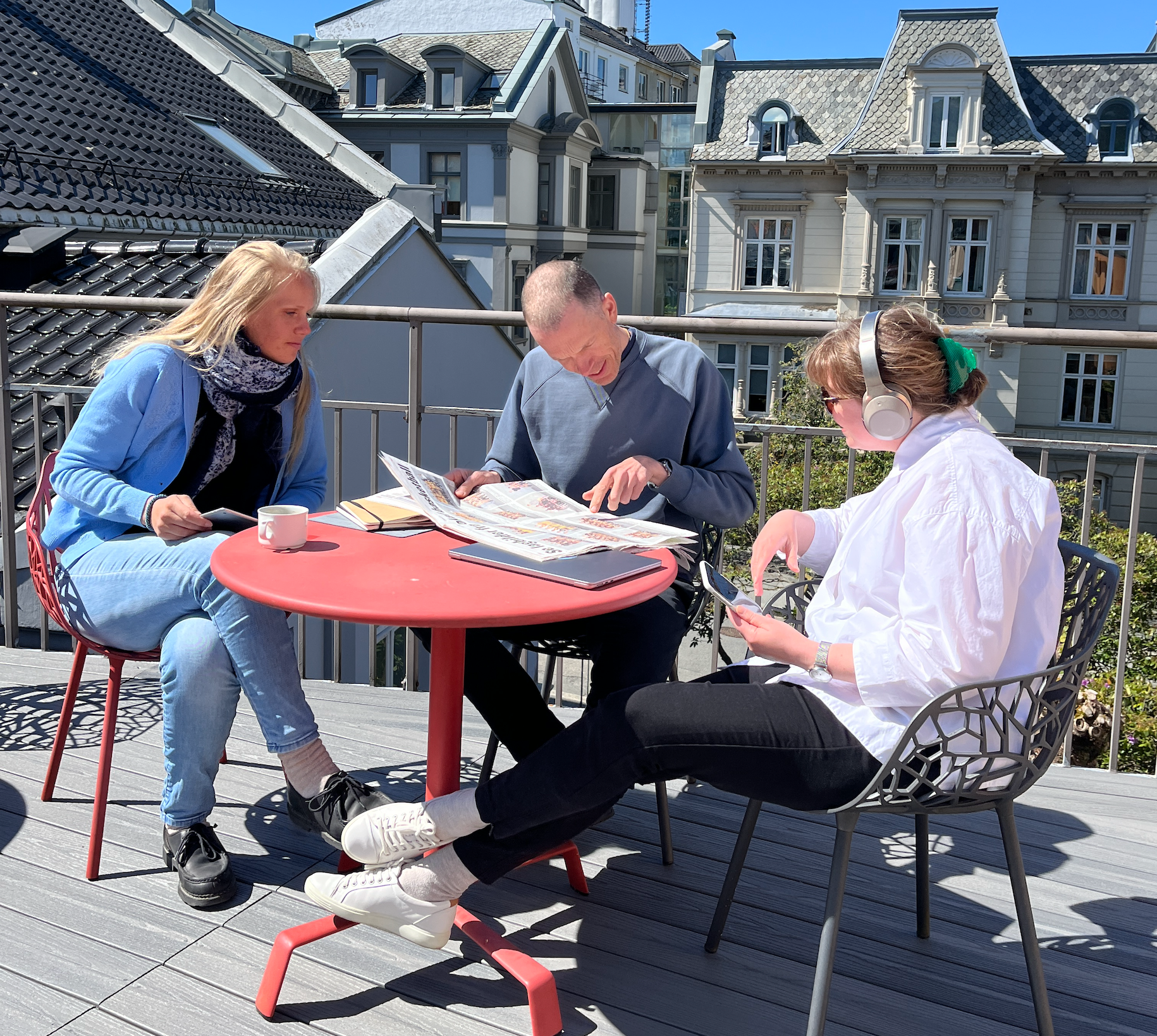
Report sent to launch participants
Would you like to receive the report when it is launched on the night of 17 June? The report will be sent out automatically when the news embargo expires at 1a.m. on Tuesday to everyone who registers for the meeting.
Others who would like to receive the report on launch day can subscribe to Fritt Ord’s newsletter.
NB: This story was updated to reflect the minutes, reports and PowerPoint files submitted on 17 June 2025 after the presentations were made.
